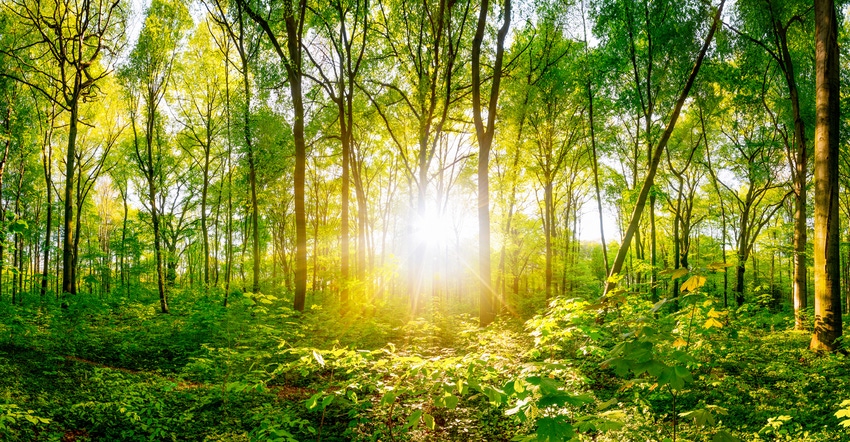December 11, 2017

Now that we are in the throes of winter, consider pruning your woody plants. While not every plant requires pruning, some basic pruning steps will improve tree structure and add to the vitality and longevity of the plant. Remember, pruning is both art and science.
One of the simpler but important types of pruning for any size tree is crown cleaning. This method involves removing the three D’s — dead, diseased and dying portions of the tree. That includes dead branches, branches infected with a disease (such as fire blight on apples and pears) and limbs that are in the process of dying due to cracks at the trunk, branch union, storm damage, cankers (wounds that never heal) and wood-boring insects.
Crown cleaning also includes removing rubbing, broken and out-of-place branches. When removing rubbing branches, remove the branch that is affected the most. If not, the chronically “irritated” area will serve as an entrance for decay-causing pathogens and insects.
Suckers should be removed. Suckers arise from the base of the tree, usually from the root graft union area or the roots themselves. Crabapples and other flowering trees are prone to suckering. Some tree species like poplars sucker naturally as a method of vegetative reproduction. Plant one poplar tree, and you have a whole forest later.
Water sprouts, on the other hand, arise from above-ground portions of trees and, like suckers, can be quite aggressive. They show up in large numbers following heavy pruning. Water sprouts typically arise from the upper side of major limbs, usually grow straight up into the crown, and within a few short years can be as large (same diameter) as the branch they are growing from.
Most water sprouts should be removed, and I say most. If you remove all of them from the interior portion of the tree canopy, it is considered improper pruning and increases the production of even more sprouts — it should not be done. By removing too many water sprouts, you reduce the photosynthetic capacity (ability to make food) of the tree, causing it to be stressed and making it vulnerable to lethal secondary agents. Look the tree over and determine which sprouts should be removed and which ones should be left. Pay attention to spacing. Additional sprouts can be removed later, gradually over time.
Clean up
In addition to eliminating the three 3 D’s, water sprouts and suckers, this is a good time to remove any foreign objects like nails, wire, rope and other chain saw-dulling objects. If left in place, the tree may eventually grow over or around the object, causing problems later for both you and the tree. If vines are present, it is probably a good idea to remove those as well.
Finally, use the right pruning tools for the job. Hand pruners are good for cutting live branches up to a half inch in diameter. Loppers and handsaws can be used for larger cuts. Remember, never make a flush cut when removing branches, and make sure your tools are good and sharp so you can make a clean cut. Clean cuts heal faster.
Also, if you are pruning trees in spring, summer or fall, make sure you disinfect your tools after each cut to avoid spreading diseases like fire blight, oak wilt or Dutch elm disease. A 10% bleach solution, Lysol, or rubbing alcohol is good for sanitizing pruning tools.
For further details on pruning woody plants, consult your local county Extension office or local certified arborist.
Miller is a horticulture professor at Joliet Junior College and a senior research scientist in entomology at The Morton Arboretum in Lisle, Ill. Email your tree questions to him at [email protected].
About the Author(s)
You May Also Like




